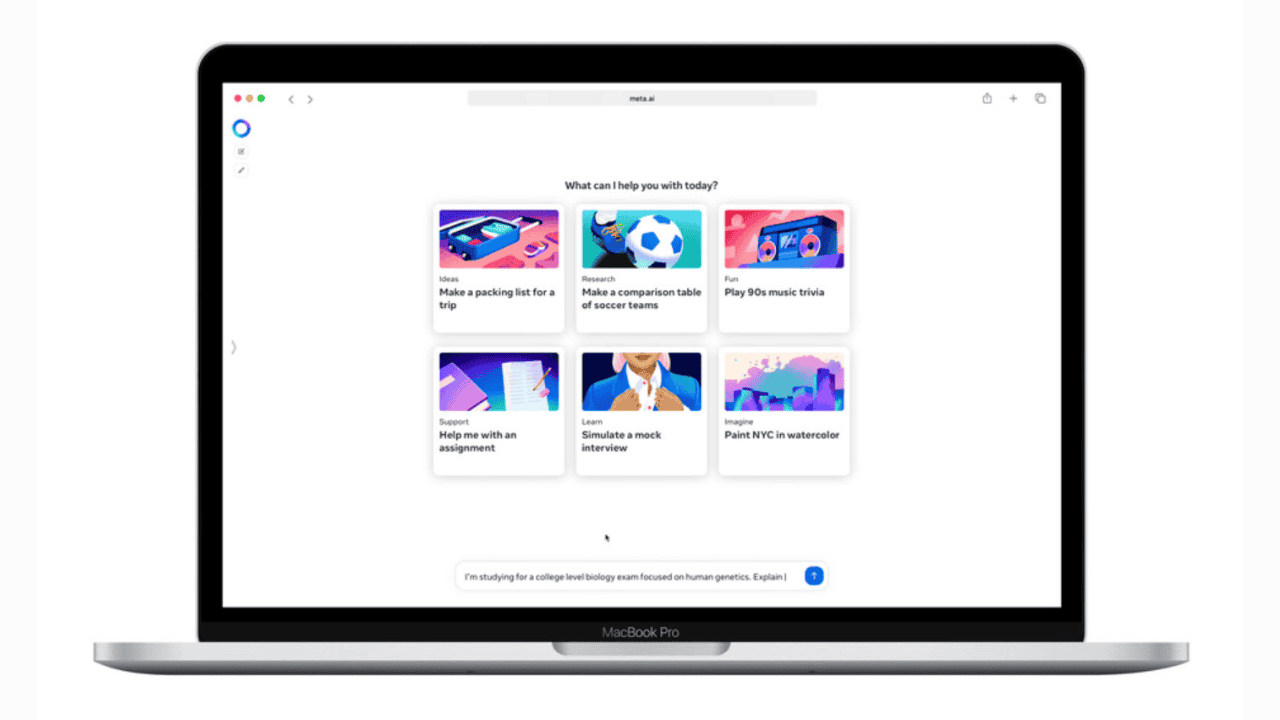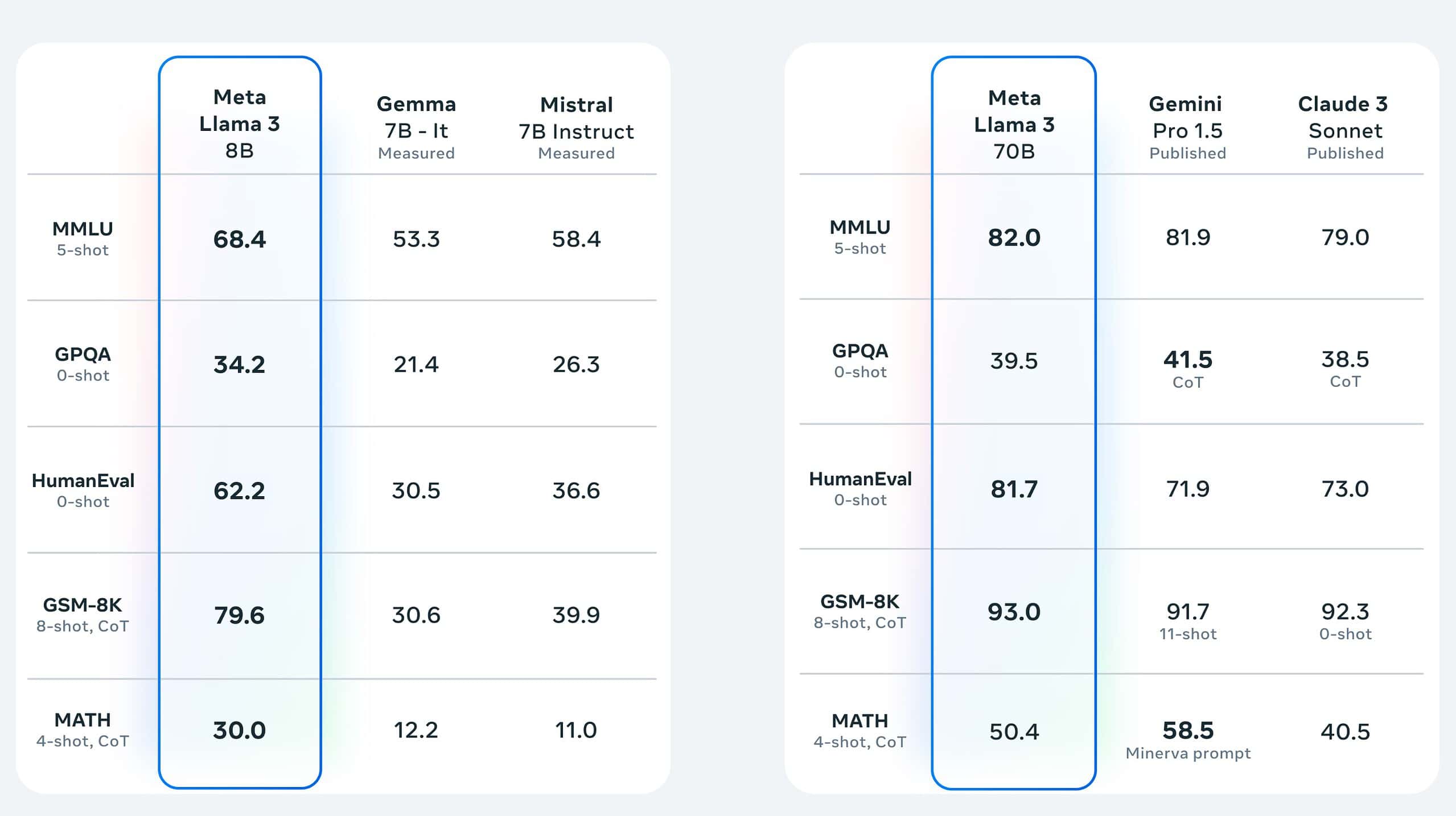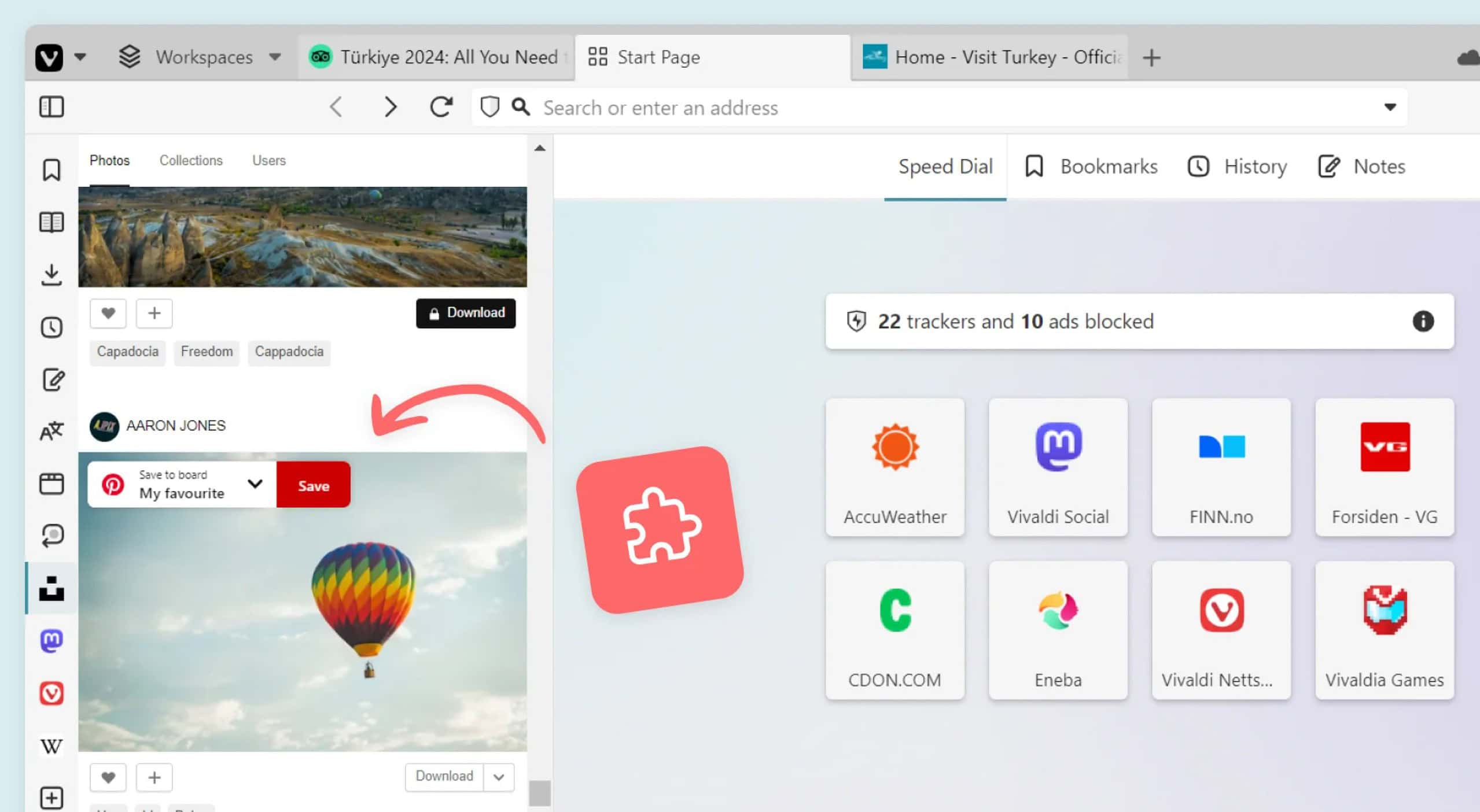Google Chrome starts testing a built-in ad blocker on Windows
2 min. read
Updated on
Read our disclosure page to find out how can you help MSPoweruser sustain the editorial team Read more

Earlier this year, Google was rumored to be working on a built-in ad blocker for its Chrome browser. The new ad blocker inside Chrome won’t block every ad you see on the web — instead, it’ll only block ads that are considered intrusive and go against the standards set by the Coalition for Better Ads.
Google has started testing the new built-in ad blocker for Chrome today on the desktop and Android devices. The latest canary release for Google Chrome includes a new option under Chrome’s Settings where you can enable the new ad blocker inside Chrome. Users can enable the new feature by going to the Content options inside Chrome’s settings page (chrome://settings/content/ads).
The built-in ad blocker should automatically block ads that are considered “intrusive”. But Google Chrome also lets you strictly block ads on certain sites, and you can also choose to allow ads on certain sites if you’d like. Here are the types of ads that will get blocked on desktop sites with the ad blocker enabled on Chrome:
Google deciding to integrate an ad blocker right into its own browser in very interesting. Google’s AdSense business will certainly be affected by the ad-blocker as it could potentially block ads provided by Google on sites that could be abusing the ads that result in an intrusive experience. Google also has a service which lets users subscribe to certain sites in order to hide ads, so it will be interesting to see how the new ad blocker works with that. Google is yet to officially announce the new ad-blocker inside Chrome, and we’ll likely have the answers to our questions once it’s officially and available to all Google Chrome users.
Thanks for the tip, Tero Alhonen!








